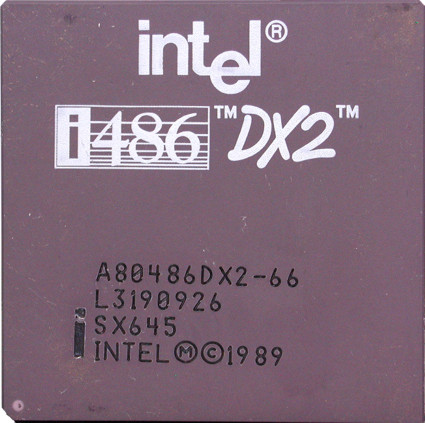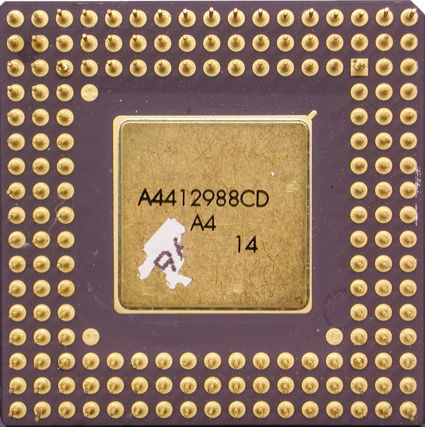The Mother of All CPU Charts Part 1
1989: PC Systems In The Mass Market - Sockets 1, 2 And 3
In 1989 Intel introduced the 486DX processor in Socket 1, which worked at a frequency of 25 MHz, increasing in subsequent years to as much as 133 MHz. The following reviews the beginning of the PC boom in the early 90s. Against this backdrop, many users switched over from the home computer - such as the Commodore C64, Commodore Amiga or Atari ST - to the PC, which wasn't always so easy.
Incredibly expensive: the Intel 486 DX with 33 MHz is equipped with a mathematical co-processor.
New: the 486 DX-33 clocks 1:1 with the bus clock
The DX series, shown here with 66 MHz, had a considerable advantage in speed compared to the SX processors. The "66" stands for 2x33 MHz bus clock. The socket is called Socket 2.
The last performance boost for Socket 2 and Intel's overdrive processor.
More power for Socket 2: For the required split voltage, a fixed voltage regulated is soldered to the ceramic carrier of the overdrive.
Get Tom's Hardware's best news and in-depth reviews, straight to your inbox.
Current page: 1989: PC Systems In The Mass Market - Sockets 1, 2 And 3
Prev Page 1978: Beginning Of The X86 Era Next Page 1989, ContinuedTom's Hardware is the leading destination for hardcore computer enthusiasts. We cover everything from processors to 3D printers, single-board computers, SSDs and high-end gaming rigs, empowering readers to make the most of the tech they love, keep up on the latest developments and buy the right gear. Our staff has more than 100 years of combined experience covering news, solving tech problems and reviewing components and systems.
-
Rare Intel Pentium P5 wafer with chips:Reply
http://www.chipsetc.com/intel-journey-inside-educational-chip-kits.html





